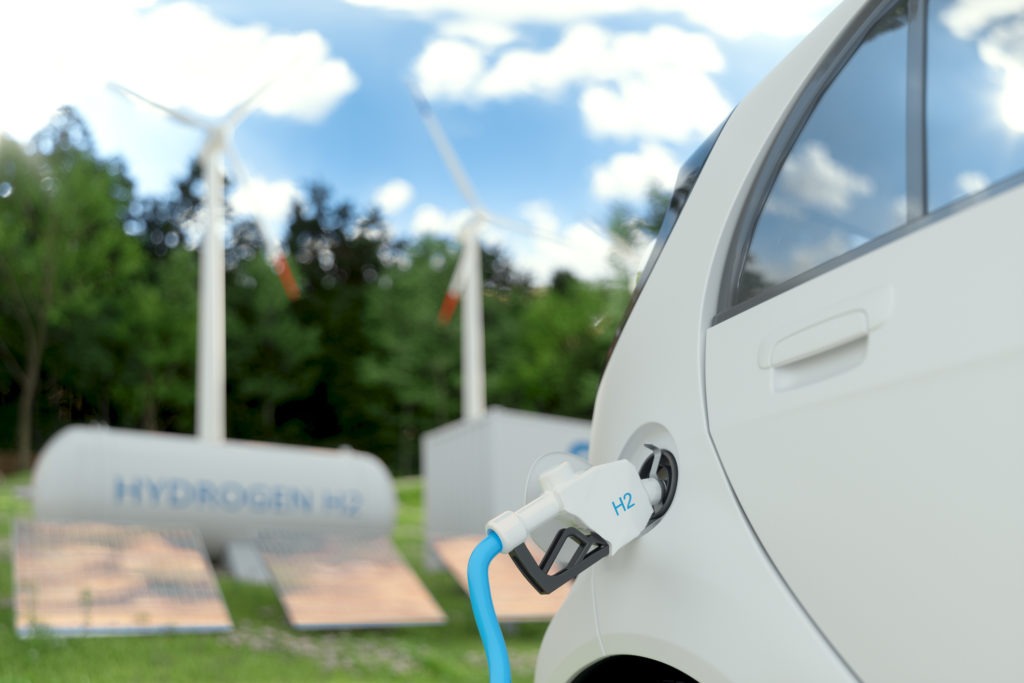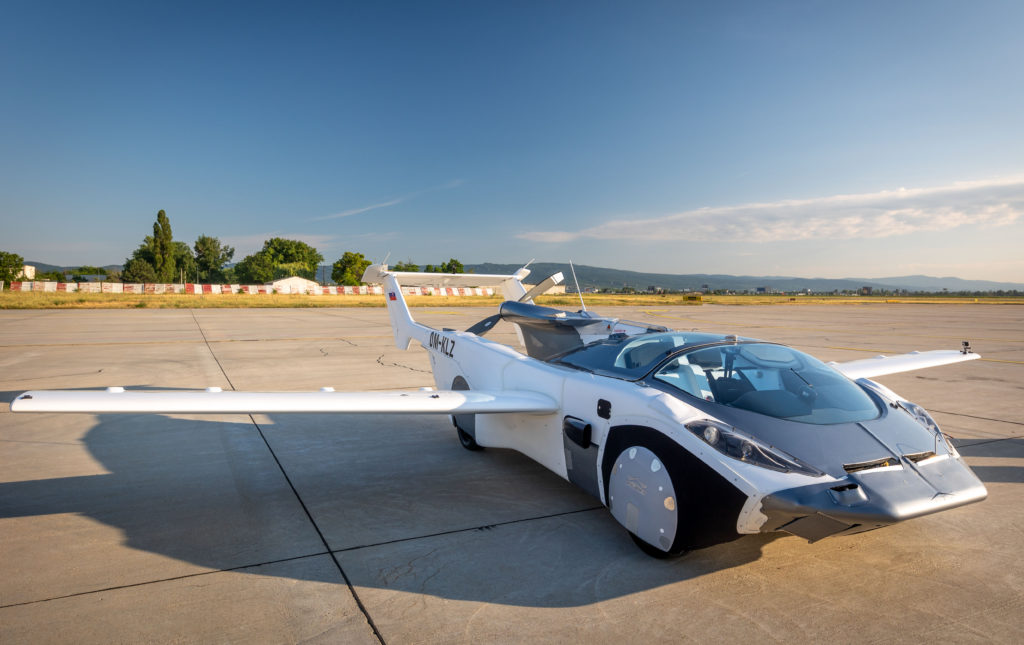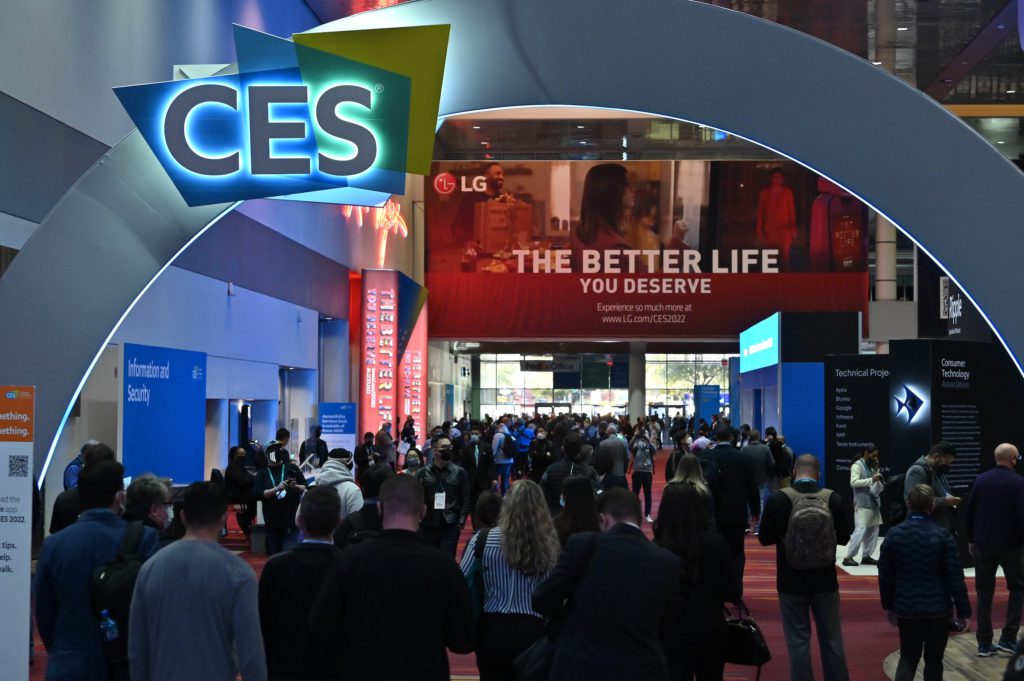Hydrogen refuelling now possible in 33 countries
10 February 2022

A record number of hydrogen refuelling stations opened around the world in 2021 so that there are now 33 countries where hydrogen refuelling is possible.
In total, 142 locations went into operation worldwide, with 37 opened in Europe, 89 in Asia and 13 in the US, according to the 14th annual assessment of H2stations.org, an information service of Ludwig-Bölkow-Systemtechnik (LBST).
A total of 685 hydrogen stations are operational globally, with plans for an additional 252 in the coming months. Hungary and Slovenia were newly added to the list of countries offering hydrogen-refuelling facilities. Of particular note are locations in Spain and New Zealand, which will see several stations opened for the first time.
Hydrogen propulsion technology is further behind on its development path than battery-electric powertrains. This is due in part to the need for carmakers to create zero-emission technology urgently to meet strict emissions targets. The collapse of the diesel market left many manufacturers facing large fines in 2021, as drivers switched to the more CO2-polluting petrol variants.
Asia leads the way
Europe had 228 hydrogen stations at the end of 2021, 101 of which are located in Germany. France is the second-largest market with 41 operating stations, followed by the UK with 19, Switzerland with 12, and the Netherlands with 11 stations.
However, Asia still leads the way when it comes to hydrogen refuelling. As most of the carmakers promoting the technology come from the continent, including Toyota and Hyundai, this trend makes sense. By the end of last year, there were 363 stations in the region, with 159 of these in Japan, Toyota’s domestic market, and 95 in Korea, the home of Hyundai. There were also 105 stations located in China. However, unlike most other countries, these are used exclusively for refuelling of trucks and buses and not passenger vehicles.
Korea established the most new stations in 2021, with 36 new locations coming online. The country is increasingly expanding its infrastructure for hydrogen fuel-cell vehicles (FCEVs) to help aid the reduction of air pollution caused by transportation.
Hydrogen growth in LCV market
Hydrogen propulsion technology is further behind on its development path than battery-electric powertrains. This is due in part to the need for carmakers to create zero-emission technology urgently to meet strict emissions targets. The collapse of the diesel market left many manufacturers Last year saw a shift in awareness of hydrogen, especially in the logistics market. Many believe that commercial and heavy-goods vehicles offer the best fit for the technology, at least in the short term. These vehicles often complete long distances every day, and need shorter ‘fuelling’ stops to allow for maximum efficiency.
France’s top manufacturing groups, Stellantis and Renault Group, announced the launch of new hydrogen light-commercial vehicles (LCVs). As part of its new Hyvia brand, Renault Group will also provide hydrogen-refuelling technology to station providers across Europe. This could help to see a larger uptake of locations in 2022.
Hydrogen infrastructure is still in its infancy. As more vehicles turn to the technology, so the number of refuelling stations will grow, as was the case for electrically-chargeable vehicles (EVs). The market will also grow as awareness of hydrogen as an alternative to battery-electric increases, along with its viability as a ‘green’ fuel.



